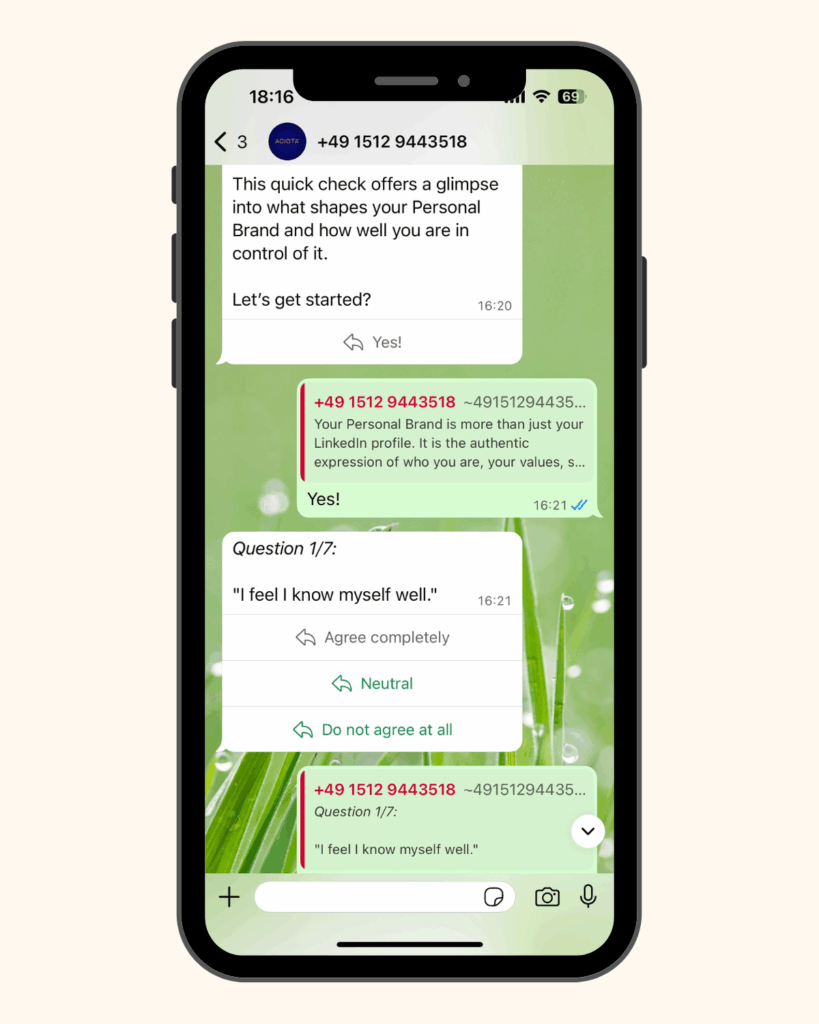Conflict is inevitable. Every person and every organization has different interests, needs, and values. Inevitably, these differences will lead to disagreements and even conflict. But that doesn’t mean we should stop trying to work together. It’s possible to resolve conflict in a way that benefits everyone involved—and you don’t always have to do this alone. Here are steps for dealing with conflict when it arises.
Be open-minded
The first step to managing conflicts is to be open-minded. This means being willing to hear the other person’s perspective, even if it doesn’t align with yours. Be sure not to get defensive or let your emotions get in the way of seeing things from their point of view. Also, don’t be afraid to ask questions that help you understand where they’re coming from–this can help you work through any misunderstandings and find common ground.
If you’re feeling stuck on how best to handle a conflict situation at work, consider talking with someone who has experience resolving disputes (like HR).
Be positive and kind
Be positive but not naive. It’s important to keep your tone positive and friendly without being naive or gullible. For example: “I’m sorry we’re having this disagreement.” Or: “I understand that you have a different opinion than me on this issue.” These are both good ways of showing respect for the other person’s feelings while still standing up for your own point of view.
Be kind, but not a pushover. Try not to be too harsh when stating your opinion; instead, use phrases like “I feel” or “In my experience” when expressing an opinion so that it doesn’t come across as an attack on the other person’s viewpoint (and thus make them defensive). However, don’t let yourself get walked all over–if someone disagrees with something that matters to you deeply, stand up for yourself!
Listen to the other person
When you’re in the midst of a conflict, it can be hard to remember that the other person has their own point of view. The best way to resolve the issue is by listening and understanding where they’re coming from. This also means not interrupting them or trying to talk over them–just listen patiently until they’ve finished speaking before sharing your thoughts on the matter.
Focus on the problem and not the person
Don’t take things personally. When you’re in a conflict, it’s easy to start thinking that the other person is attacking you personally. But they’re not–they have their own reasons for acting the way they do and probably aren’t even aware of how their words make you feel. Try not to get defensive or angry; instead, focus on resolving the problem at hand so both parties can feel comfortable moving forward with their lives again!
Don’t blame or shame anyone involved in the conflict (including yourself). It’s natural after a fight has ended for us all too often find ourselves blaming ourselves or others involved in causing our pain as well as making assumptions about how we think someone else feels after having been hurt by them during an argument earlier today…but remember: there’s no point in doing this because none of these things help solve any problems whatsoever! Instead, focus all energy on figuring out solutions together instead.
Aim for a win-win solution
Focus on finding common ground between yourself and your colleague(s). Look for areas where both parties agree on something (e.g., “We both want this project to succeed”) rather than focusing on how different each side thinks its needs are from another’s–that way, it’ll be easier for everyone involved to reach consensus about what needs to be done next without any hard feelings getting in the way!
Conflicts are a part of life, and they can be difficult to deal with. But if you’re willing to put in some effort and be patient with yourself, conflict resolution can be a rewarding experience. By following these steps and practicing them in various situations, you’ll soon find yourself better equipped to handle disagreements–and maybe even enjoy them!






